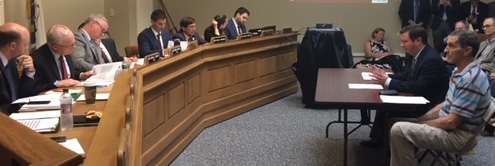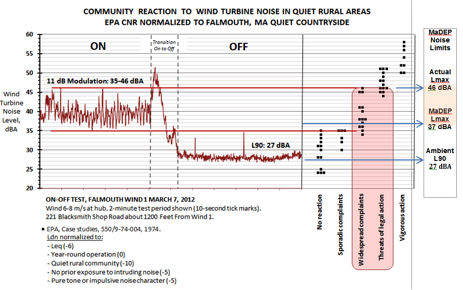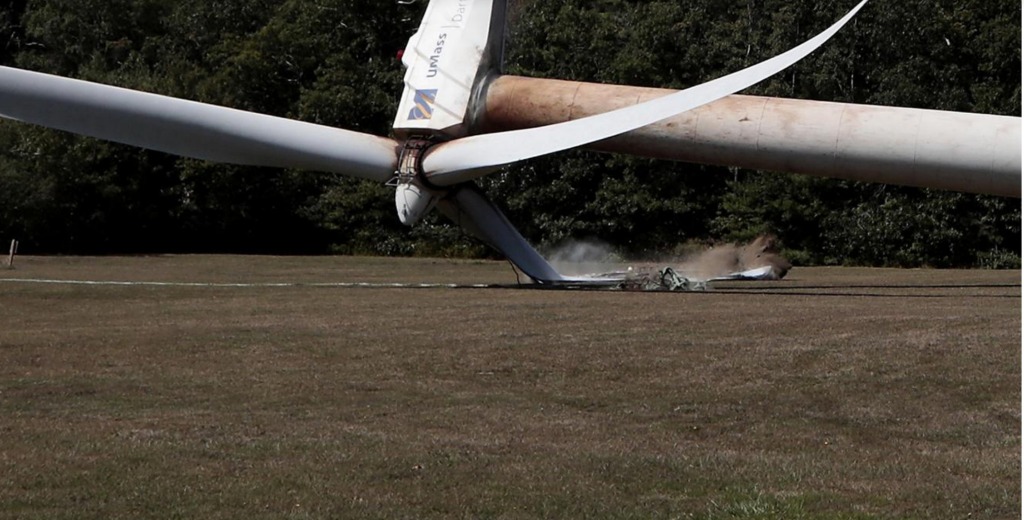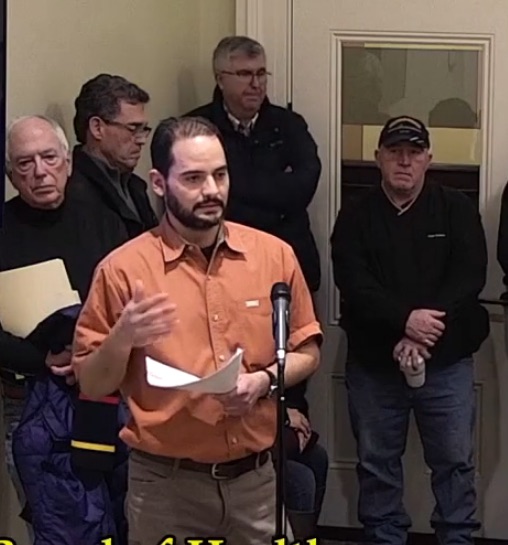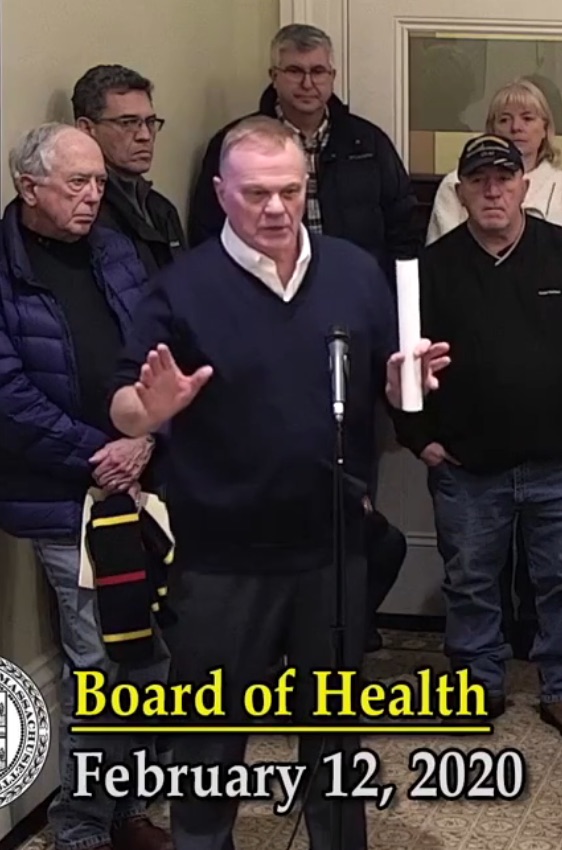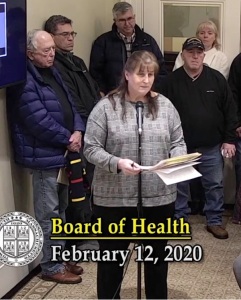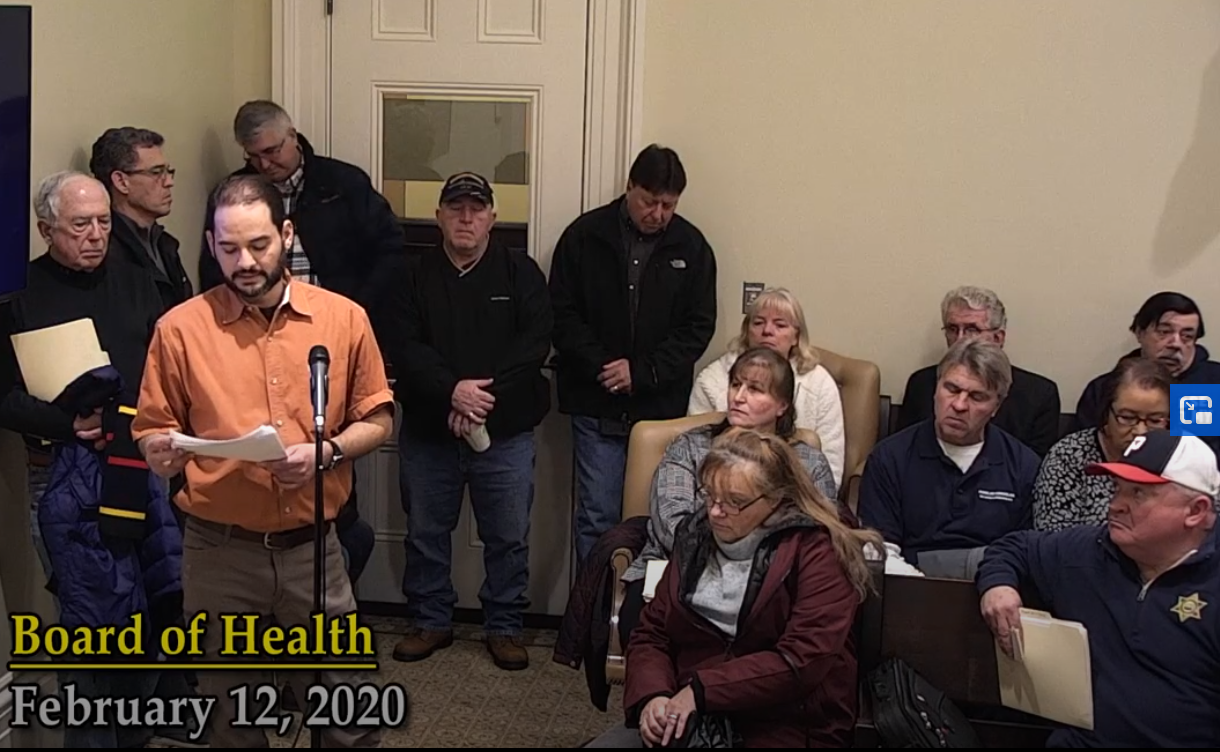End Run past Local Control bad for Climate
Shades of WESRA, the Wind Energy Siting Reform Act, in push to expedite siting?
The Governor’s Commission on Energy Infrastructure Siting and Permitting asked for comments by March 1 but will accept them through March 15, 2024. Survey questions include:
- How should Massachusetts balance the need to accelerate deployment of clean energy, ensure communities have input into the siting and permitting process, and ensure the benefits of the clean energy transition are shared equitably?
- How should we accomplish the above while also protecting health, safety, and community livability, particularly for vulnerable or under-resourced populations?
- How should we accomplish the above while also protecting the natural environment?
- Who should have a seat at the table when decisions are made about where to put clean energy infrastructure and what restrictions apply?
BEATING DOWN THE LITTLE FOLKS TO GET YOUR WAY IS NOT GOOD POLITICS
To members of the Governor’s Commission on Energy Infrastructure Siting and Permitting:
Your plan to strip local control over the siting and permitting of renewable energy facilities was tried once before and failed. For years, Governor Deval Patrick pushed the Wind Energy Siting Reform Act, which was fiercely opposed by voters across the state and eventually scuttled.
States like New York and Vermont, and others around the country, have found that similar efforts lead to angry opposition, and hostility toward clean energy development generally.
By contrast, when communities are offered incentives that residents think are fair, they welcome development projects. Fairness can translate into surprisingly reasonable dollar amounts. This is especially true in small rural communities desperate for revenues.
If you want to encourage the widespread buildout of clean energy facilities and infrastructure, then proffer rewards instead of wielding punishments. Do not strip municipalities of local control over the siting and permitting of renewable energy proposals.
Our state has a proud history of home rule. Municipal officials take seriously their responsibilities to apply local and state laws and regulations to the review of development projects. They generally apply those fairly, they abide by timelines built into those statutes, and they recognize that their regulatory role is to permit development while safeguarding public health and safety. As citizens, based upon what I have seen, they wholeheartedly support the expansion of clean energy. There is no reason to eliminate local control in order to accelerate the buildout of renewable energy facilities. There is no need for a trade-off. Both can co-exist.
So, to answer the first question of your survey directly: To ensure that communities have input into the siting and permitting process of renewable energy facilities, maintain local control. Offer tax and other incentives. Provide financial and technical resources so that local boards can work efficiently to permit projects.
To ensure that the benefits of the clean energy transition are shared equitably, divide your pool of available incentives more fairly between developers and municipalities. You will find that providing reasonable financial incentives will be a more effective way to accelerate clean energy construction than generating hostility by stripping towns of their historical rights of local control.
In addition, don’t expect rural communities in the central and western parts of the state to host the majority of large-scale projects simply because they have more open space and cheaper properties. If you are serious about equitability, then communities in the eastern part of the state, which have the largest populations and the greatest energy consumption, should host their fair share of renewable energy projects. Again, appropriately-scaled incentives will be key.
—————
We face not one but two catastrophes: climate change and crashing biodiversity. Climate change will be addressed by national commitments to energy research and technological improvements. The tools we have today will inevitably be replaced by more efficient, more effective tools down the road. That is the history and trajectory of technology. Biodiversity, once compromised, can never be restored to its original state. We cannot jeopardize our state’s irreplaceable natural resources in pursuit of clean energy goals. That should be our baseline position. Solar facilities should not supplant forests and fields, which sequester vast amounts of carbon in their trees, plants, and soils. Industrial wind turbines should not obliterate our state’s few remaining untouched ridgeline plant communities. Clean energy facilities must be sited within the built environment and on brownfields and other degraded sites.
—————
Finally, regarding the last of your four questions: Money talks. It is a lot cheaper to offer rewards than to fight in court, in town halls, and in the arena of public opinion. If you reward municipalities for hosting renewable energy projects, and provide the financial and technical support they need, you will find that those are built faster and with greater community support than if you strip towns of their primary role in the siting and permitting of those projects. So, abide by the current regulatory structure but add clear incentives to the mix, and you will succeed in your clean energy goals.
Sincerely yours, Eleanor Tillinghast, President, Green Berkshires, Inc.
Financial Relief for Impacted Communities
Testimony on H3373, the Wind Energy Relief Act, July 23, 2021
David Dardi and Karen Canfield asked the MA legislature’s Telecommunications, Utilities and Energy Joint Committee to report favorable on H3373. The bill, sponsored by Rep. David T. Vieira, would establish a trust fund to compensate citizens, businesses, and municipalities for losses incurred as a result of detrimental health effects, property loss or any other adverse impacts of wind turbines sited with assistance from the Massachusetts Clean Energy Center. The bill also establishes a Wind Turbine Decommissioning or Relocation Fund.
“Mistakes can be made,” Dardi said. “Some turbines have been constructed too close to residential areas such as Scituate, Fairhaven, Kingston, Falmouth, Plymouth, Bourne, Rowe, Florida–they go on and on.”
“Why should the mistake of an improperly located wind turbine result in such high penalties and costs to communities and individuals?” Dardi asked. He went on to say that this Wind Energy Relief Act would use existing funds in the Renewable Energy Trust Fund, so the Commonwealth would need no extra resources to help out affected communities
Karen Canfield, Vice Chair, Scituate Select Board said “This legislation is vital to addressing the unanticipated consequences of wind turbines located near residential homes.”
Scituate leads Massachusetts in receiving FEMA funds to rebuild after coastal storms, Canfield said, so the town has a particular interest in reducing the harm from climate change. For this reason, it embarked on a process in 2005 that resulted in wind turbine operations beginning in 2012. “However, immediately after the operations began, so did the complaints,” Canfield told the committee. The town has commissioned many studies only to learn that the turbines are operating within regulations, even though the operation continues to impact residents’ health. The town decided to protect its citizens by turning off the turbines at night from May to October during the hours when most complaints were lodged. This costs the town almost $100,000 per year.
Noise? What Noise? Tests Designed to Miss the Mark
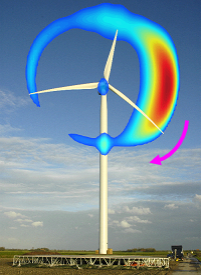
The state constitution says noise is air pollution. The Mass. DEP’s job is to regulate air pollution. Residents who live near wind turbines say they can’t sleep, can’t think, can’t live a normal life because of wind turbine noise. But somehow the tests the DEP allows consultants to use never show excessive noise.
This failure of testing relies on 2 factors, according to Chris Kapsambelis:
- They don’t compare the turbines’ noise levels with pre-construction minimums.
- They don’t combine noise from all sources as the regulation states.
Once the turbines are standing, the L90 or minimum noise level, has already changed. Any readings, even quiet night time levels, are already skewed by the sound wind makes against the mast or at the blade tips–whether or not they are rotating.
Add to this baseline error the DEP’s willingness to allow wind turbine noise to be subtracted from other sources (air and ground traffic, machinery) and the turbines never fail the test.
No Dice: storage can’t solve wind energy gamble
Here’s the theory: take a wind turbine, smooth the intermittent surges to a steady pulse, send it out to the grid.
Here’s the schematic:
If this works from minute to minute and hour to hour, it is because turbines currently send their small output to a large grid with plenty of capacity from natural gas to stabilize the unpredictable output.
But what if this kind of renewable energy was all the grid relied on? What would a storage system look like that has the capacity to keep a reserve for the weeks when little to no electricity is available?
To answer that question, Chris Kapsambelis used two years of data from a 1.5 megawatt (MW) turbine in Fairhaven MA. Its output in a day could range from a high of 36,000 kilowatt hours (KWh) down to zero. Read his report.
He graphed peak storage In May. Ideally that means the slow discharge through late summer leaves enough to carry subscribers through the autumn, when the wind on the South shore picks up again.
He established a break-even level of 8640 kilowatt hours. More than that and energy is added to the battery, less than that and energy is drawn down.
So far so good.
Then Kapsambelis recalculated his assumptions about demand on the system. If the grid operator drew 5 KW more power from the battery, a 1.4% change, the grid could experience blackouts at any point between mid-September and mid-October.
If that weren’t enough of a worry, he found that the battery would need to be large enough to store 500 MWh. But wait! The largest storage field in the world, the Hornsdale Power Reserve in Australia, “can only store 129 megawatt-hours, which is about a quarter of the storage needed for just one small wind turbine.”
Chris Kapsambelis has news for us: energy storage for wind power is not possible.
Plymouth BOH Listens, Acts
Click on the images to view video clips.
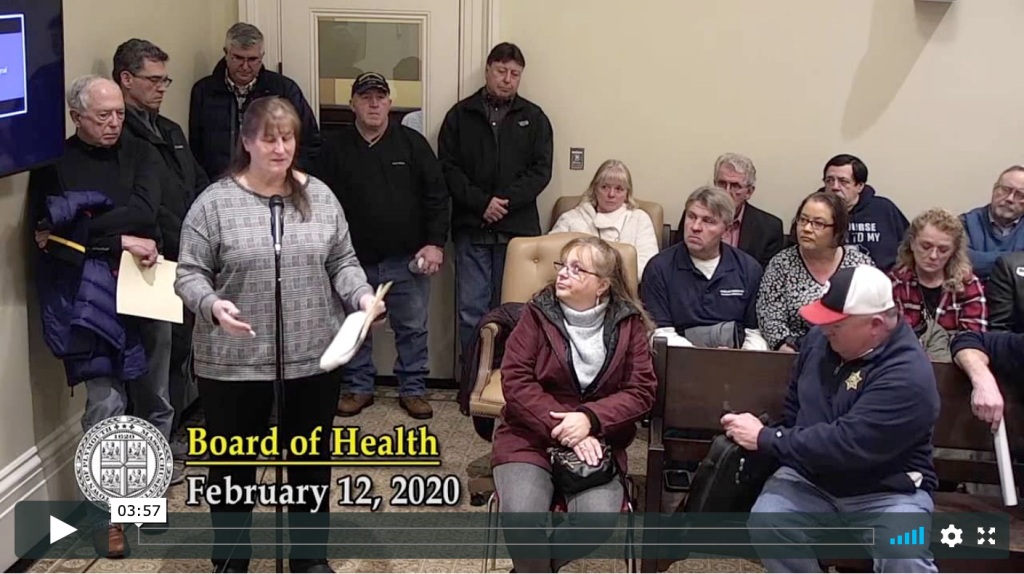
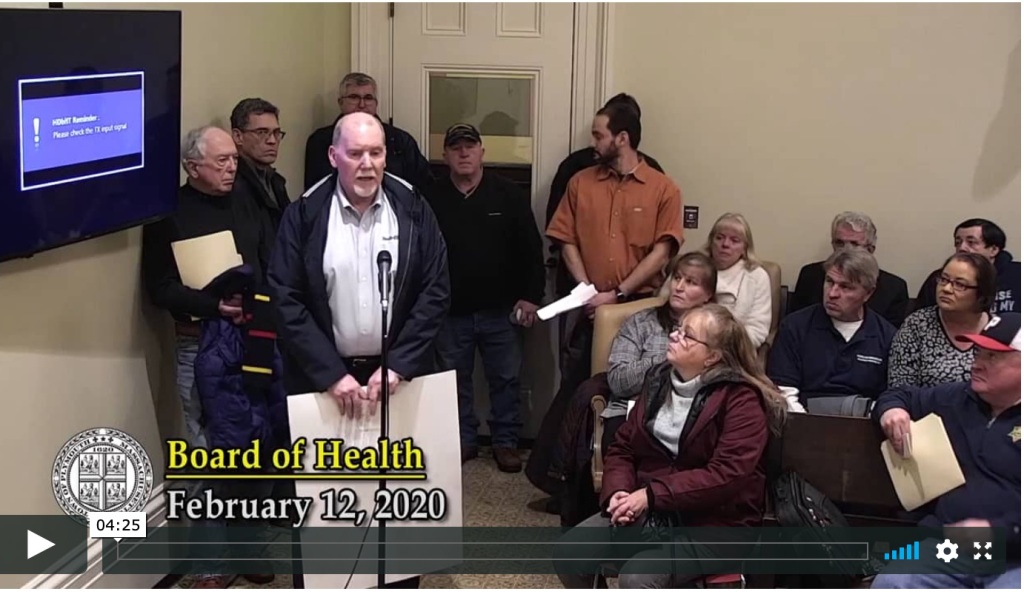
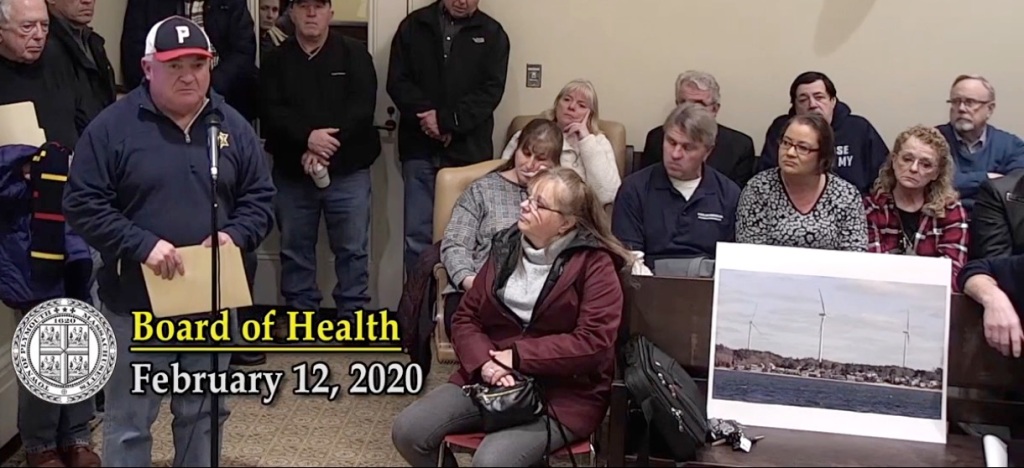

Nuisance Turbines in Plymouth
Plymouth residents who crowded into the Board of Health meeting on February 12 got an early valentine–the sweet satisfaction of being heard. According to the Cape Cod Times, “Residents have pleaded with several town boards in Bourne and Plymouth and with state officials for years for action to be taken on the turbines.”
“It is amazing to me that these turbines were built in a residential area,” board Vice Chairman Barry Potvin said. “This is clearly something the Board of Health has to take up, because we are sworn to protect the health and safety of the people who live in this area.”Much of what happened with the turbines came before many of the current members were serving on the board, member Jerry Levine said.“I feel your pain,” Levine said. “My intention is to look into it.”
Residents of Plymouth and neighboring Bourne have logged over 350 complaints of noise and sleep disturbance beginning soon after the turbines went online in 2016. The four turbines are 500 feet tall and as close as 1,450 feet to one residence.
“’We want to do justice to this and to all the parties involved,’ board Chairwoman Birgitta Kuehn said,” according to CCT reporter Beth Treffeisen (Plymouth board declares turbines a nuisance, 2/13/20).
Plymouth Community Access Television recorded the meeting. The wind turbine testimony begins at the one hour and 7 minutes point and continues for almost an hour.
When the “New Neighbor” is a Wind Power Plant
One man says, “I just want my way of life back.” Others mention the lost value on their properties since the “very heavy duty industrial power plant that has been dropped into our neighborhood” began to operate.
A Buttermilk Bay view of the 2 MW turbines in Plymouth’s Future Generation Wind project–here they tower over Bourne’s Hideaway Village.
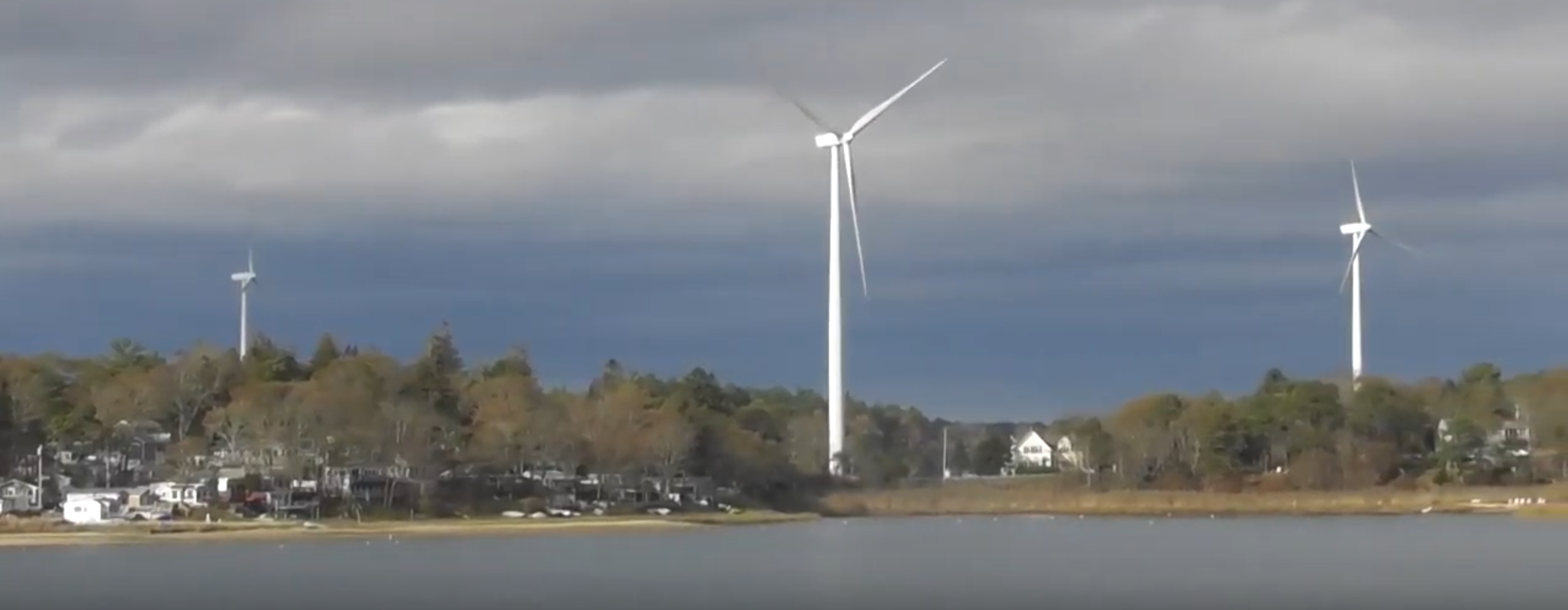
Three of the four turbines of Future Generation Wind in Plymouth tower over Bourne residents, too.
Falmouth’s Turbine Woes Recounted at 9/24/19 Hearing
Three Falmouth residents told the legislature’s Telecommunications, Utilities and Energy panel about their quest for relief from wind turbine impacts, including financial costs. The September 24, 2019 hearing included House Bill 2928, the Wind Energy Relief Act.
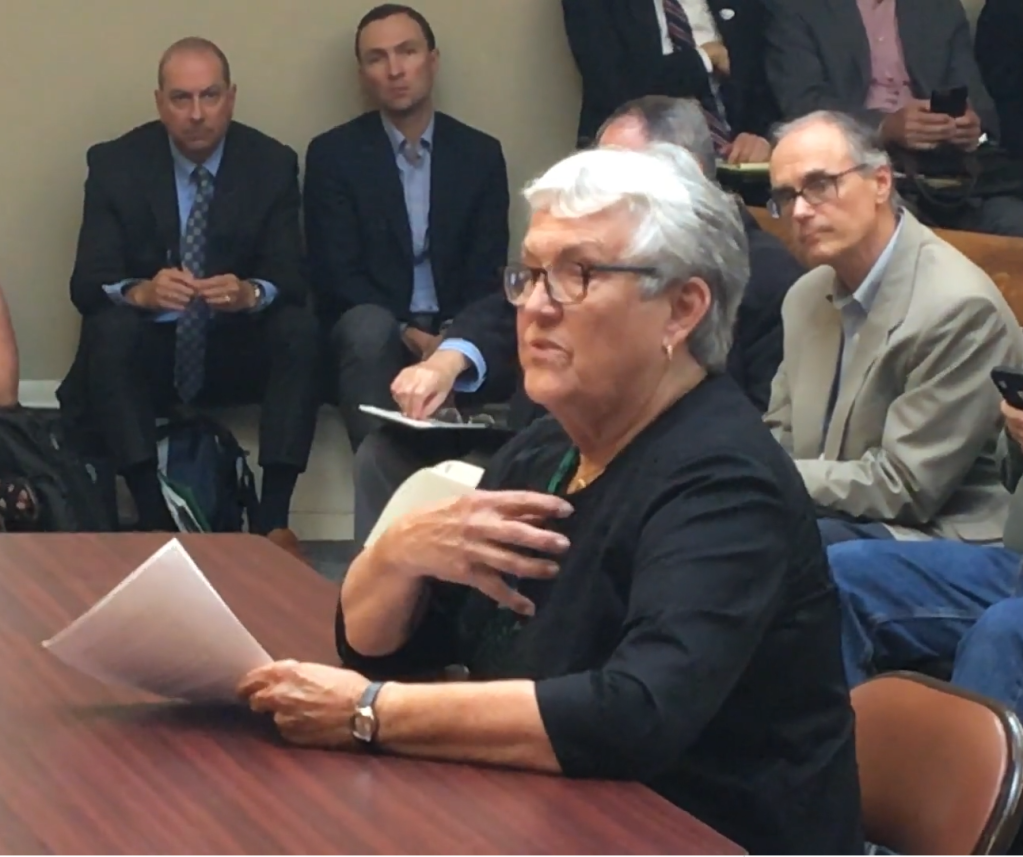
“I was a recognized refugee in my town,” Linda Ohkagawa told the committee. She said she was known at the library and the Walmart parking lot where she went to escape the noise, feeling of pressure against her chest, and strobing light. “I lost so much.” View a clip from the hearing.
Elizabeth (Betsy) Andersen and her husband, Neil Andersen, both recounted their experience.
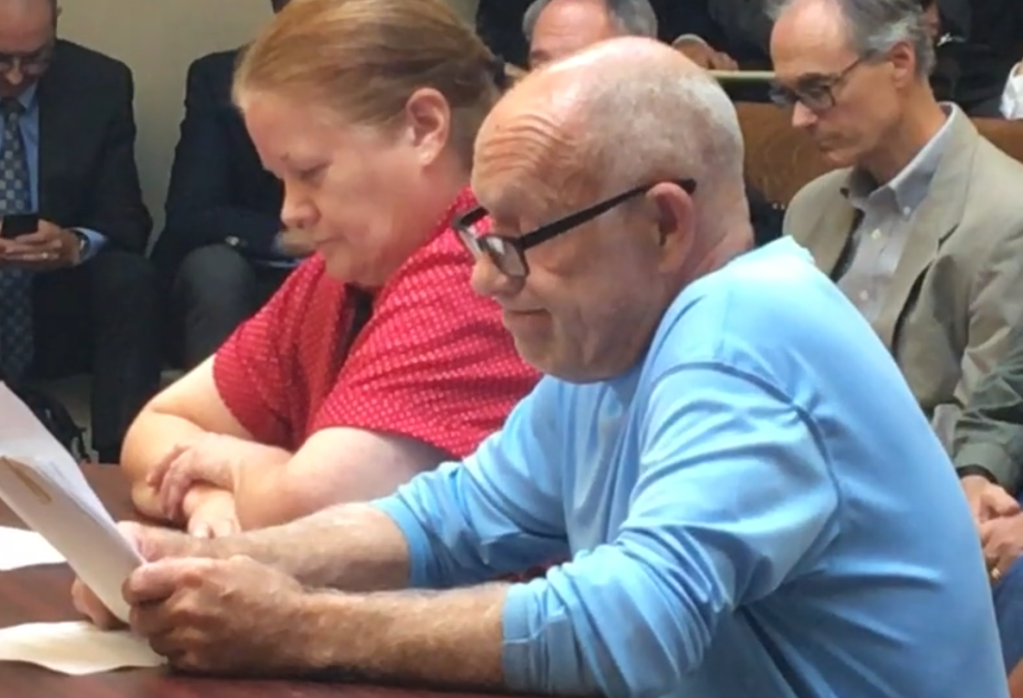
Watch as Betsy tells the committee:
We couldn’t work, couldn’t stay around the house. We became sick, sleep deprived zombies.
Click this link for her full testimony.
We went to our town hall and begged for help. Forget it. This was the Mass. CEC and Falmouth’s big green energy project and we were just complainers.
And that was the type of treatment we received from both our town and state government for six long years.
We were labeled the anti-green people – had our house egged and vandalized. Taunting us became sport, and defeating us the prize.
Neil said during the hearing:
In the spring of 2010, a 400’ tall wind turbine became operational. Due to an unusual combination of the proximity of the turbine (1320 feet), the direction of the prevailing winds, the topography, and the orientation of our house, we very soon realized that we were at ground zero for the negative effects from the turbine- namely a harmful and extremely intrusive, never ending, heart pounding low frequency pulse. The extremely distressing noise was like torture. Pound-Pound-Pound. Day and night.
Our only relief was to get away, which we were forced to do very often.
Read Neil Andersen’s testimony or watch this video clip
Representative David Vieira introduced H.2928 to help wind turbine neighbors and their communities recover from failed wind projects. It provides two compensation funds: 1.) a $15 million per year Energy Relief Fund for people, businesses, and cities and towns impacted adversely by wind turbines, and 2.) a $7.5 million per year Turbine Decommissioning Fund. The funds will come from the millions of dollars that are already collected from electric ratepayers and then credited to the Massachusetts Renewable Energy Trust Fund.
Scituate and Falmouth Argue for Wind Turbine Relief
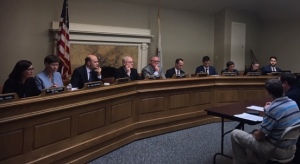
David Dardi of Scituate joined three Falmouth residents in telling the legislature’s Telecommunications, Utilities and Energy panel about their quest for relief from wind turbine impacts, especially financial costs. The September 24, 2019 hearing included House Bill 2928, the Wind Energy Relief Act.
“Mistakes can be made,” Dardi said. “Using part of that money [collected for green energy projects] to correct the problems created by wind energy is just and appropriate.” View a clip from the hearing.
Because of inadequate legislation and the softening of the noise regulations dealing with wind turbines it has become very difficult to prove noise violations and in most cases communities and individuals have had to resort to litigation to get relief. In most cases all these measures and actions have proven unsuccessful leaving the communities and individuals without relief and deeply in debt. In some cases, as in Scituate town officials are considering ordering a unilateral shutdown of a turbine to protect its residents. Action of this nature will undoubtedly result in very high costs due to the penalties imposed by the turbine owner and litigation expenses accrued in defending their action. Why should the mistake of an improper location of a wind turbine result in such high penalties and costs to communities and individuals?
Representative David Vieira introduced H.2928 to help wind turbine neighbors and their communities recover from failed wind projects. It provides two compensation funds: 1.) a $15 million per year Energy Relief Fund for people, businesses, and cities and towns impacted adversely by wind turbines, and 2.) a $7.5 million per year Turbine Decommissioning Fund. The funds will come from the millions of dollars that are already collected from electric ratepayers and then credited to the Massachusetts Renewable Energy Trust Fund.
